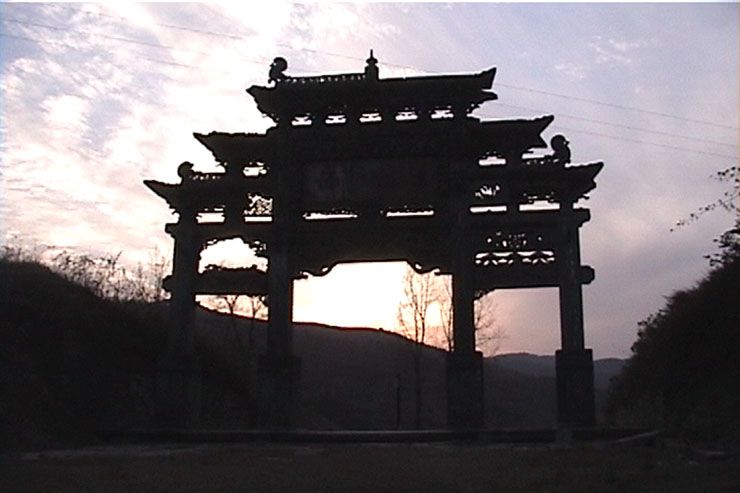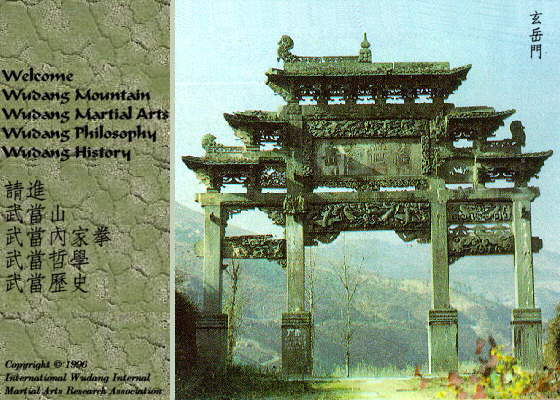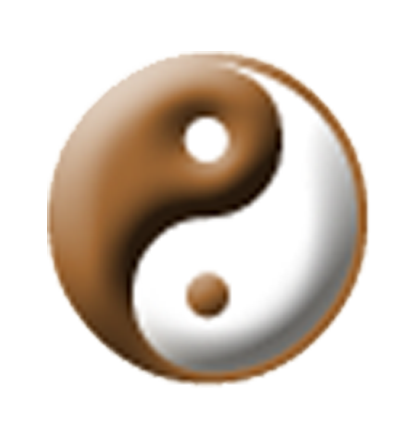The Wudang Research Association was founded in 1996 to promote the study of traditional Wudang internal martial arts and to develop a library of materials for students of traditional Wudang internal martial arts including Wudang taiji and Wudang qigong along with bagua, xingyi, Yang style taiji, Wudang taiyi, Wudang sword, and other internal martial arts. Back then, we planned to have a web site and publish a series of books. Some years, a few books, and many changes later, we are still here.
Welcome to our library.

We were born digital. We published the first edition of this web site November 18, 1996. Lots of stories to tell about getting set up on EarthLink, the registration requirements, and the costs not to mention dealing with character encoding. It wasn’t as easy back then. We were one of the first sites to have pages in both English and Chinese.
Our first book, Wudang Qigong was published in 1999. The books sold out of two printings. But it wasn’t until 2023, that we republished it with clear photos and a new translation. It still has both the English and the original Chinese. This time, they are separate and we used Simplified Chinese characters. We hope it will become more than a reference for those who wish to learn.
In the years since, we have published quite several articles, a few more books, and various iterations of this web site. We have over 900 hours of instructional videos on YouTube.

Video Classes
We currently offer live-stream classes, pre-recorded classes, and quite a few practice sessions on our YouTube site. The classes are currently organized via playlists. Recorded courses cover Wudang Qigong, Wudang Taiji, Wudang Taiji Sword, Wudang Dragon Sword, Yang Style Taiji, Bagua, Xingyi Five Elements, and Xingyi Twelve Animals along with various practice methods and principles.
Study and Practice
With a traditional approach, students are encouraged to develop a basic level of proficiency quickly and then to refine it over time, adding layers of understanding through repetition.
The key, especially with internal martial arts, is to keep coming back to that one move, that one concept, that one principle, that one important point – until it becomes naturally part of who you are. There is nothing that is instant. This is a traditional approach.
As each new skill is gained, another can be added. Little by little, they add up.
For those who are interested, competitive training is an option. Tournaments are challenging and rewarding. They are an excellent way to see what others are doing and compare the various systems and styles. They are also a great way to meet people from around the world.
Research and Publications
Ms. Morgan has focused on the dynamics of movement and mind-body connections for 40 years. Her research includes philosophy, physiology, applications, meditation, and how to translate/communicate the essential concepts of the internal arts from Chinese for English speakers. She translated research and wrote the section on Taiji for a medical textbook, published a guide for China travel, translated and prepared articles for magazine publication. Terri has written extensively on software and technical topics. She manages the company legal and financial matters, created and maintains the web site, and maintains the company archives.
Prof. Liu’s practice, research, and teaching over 60 years has focused on the health benefits of martial arts practice, the long history, practice methods and applications. His expertise in qin’na and qigong are recognized globally. Some of his research has been translated and published in the US. He contributed to the ‘Encyclopedia of Shaolin Martial Arts’ published in China. He has written extensively, including several books on Wudang Qigong, Wudang Taiji, Shaolin Qin’na, Xingyi Sword, and more.
Philosophy
Our philosophy is grounded in the traditional with a modern approach for students. There is no substitute for doing the work. It’s not easy. It’s not intended to be easy. That’s not the nature of the arts. Are there methods that everyone can learn, which will benefit health and physical condition, aid balance and breathing? Yes. There are many such methods. We ask our students to learn some of them.
There is a overarching theme to most of what we have here and just about everything we have done: respect for the teachers who taught us. They, like us, have spent countless hours in practice and study. It’s not something we do. It’s who we are.
